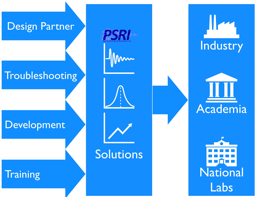Consulting Results
-
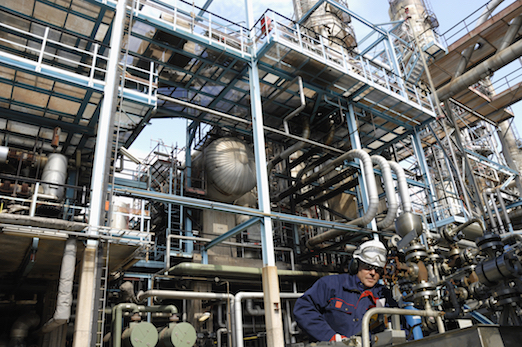
Acrylonitrile and Maleic Anhydride Reactors
Assisted in producing more attrition resistant catalyst for the production of maleic anhydride in a CFB Design looping CFB units to minimize catalyst attrition Assisted in the further development of looping technology for oxydehydrogenation Developed acrylonitrile reactor CFD model for the optimization of sparger and coil placement Troubleshooted the hydrocarbon gas distributors and provided the modified design for acrylonitrile Conducted cold flow testing to improve the three-stage cyclone system performances and their reliability Developed technical specifications for aerating diplegs Performed cold flow testing to understand the role of fines content on fluidization characteristics Developed ultra-sonic probes for determining the loading and particle velocity in internal cyclones
Read More -

Biomass Catalytic Pyrolysis and Gasification
Feed stock preparation, handling, conveying, feeding, etc. Developed technology specifications to fluidize binary Group D and Group A solids Conducted cold flow testing to characterize the biomass feed zone in the fluidized bed and determined the RTD curves for biochar in the fluidized beds Assisted in developing biomass feed distribution systems Performed testing to develop technical specifications of cyclones for capturing binary solids containing biochar Developed technological specification for granular bed filter for removing biochar fines Designed nonmechanical valves for this application Developed size reduction process flow for wheat straw material Developed moisture control strategy for the drying of straw particles Developed the procedure for removal of twine and breaking of wheat straw bales
Read More -
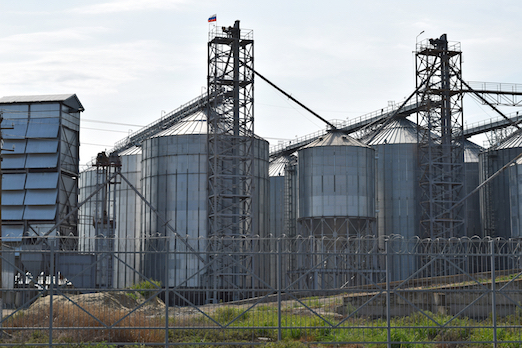
Bulk Solids Flow
Bin, hopper, feeder, and valve design and selection for storage and transportation of polymeric materials Bin and feeder designs for wheat straw Assessment and selection of solids flow modes, residence time distributions, potential segregation concerns, material flowability, particle degradation, etc. Quantification of material caking concerns, strength of the cake, modes of caking, and mitigation approaches Particle design or handling process conceptualization including all relevant unit operations (e.g. drying, storage, agglomeration, classification, size reduction) and optimization of design alternative Separation of solids by size, shape, color, density, etc.
Read More -
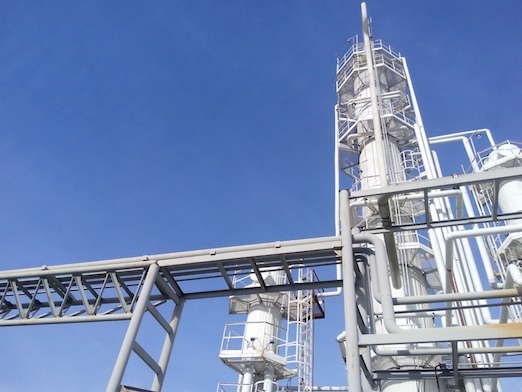
Chemical Looping Technology
Help develop moving bed looping technology for coal gasification with emphasis hydrogen production Developed technology specifications to fluidize binary Group D solids in mixing pot Conducted cold flow testing to demonstrate the continuous operation of counter-current contacting moving packed bed oxidizer, reducer, and stripper Designed nonmechanical valves for this application Assisted in feeding coal reliably into a moving packed bed of sorbent Developed a technique to remove attrited fines from a moving packed bed system Pilot Scale Testing of Carbon-Negative, Product-Flexible Syngas Chemical Looping, https://arpa-e.energy.gov/?q=slick-sheet-project/syngas-fuel
Read More -
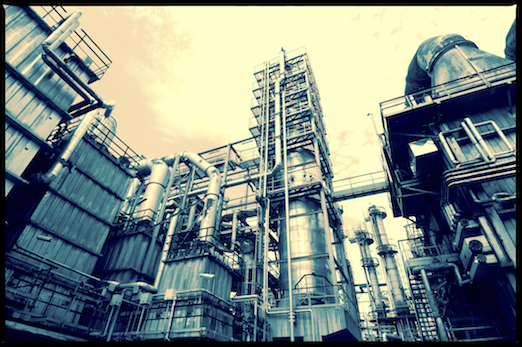
Chlorinators and Oxychlorinators (TiO2 & PVC)
Developed new reactor designs and new conical reactor distributors for a client Designed and developed L-valve feeding systems for TiO2 ores and coke for two PSRI member companies Designed a Restricted Pipe Discharge System (RPDS) to continuously discharge solids from a chlorinator bed to prevent excessive buildup of impurities Determined minimum gas velocities to prevent segregation of ore and char were for plant turndowns Demonstrated distributor design to minimize refractory erosion Designed spargers, grid plates and heat transfer tubes ethylene chlorination Minimize catalyst attrition with redesign of nozzles, spargers and cyclones Reduced cyclone and dipleg erosion with new cyclone design Assisted in the design of a novel direct ethane chlorination process Developed in-situ probe for quantification of bed hydrodynamics in chlorination unit Troubleshoot refractory issues in oxychlorination units
Read More -
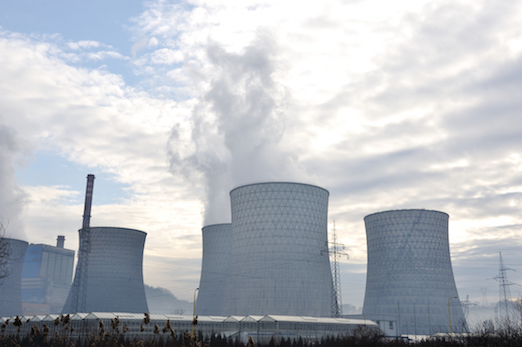
Coal Combustion and Gasification
Pioneered the development of nonmechanical devices for solids flow (L-valves and loop seals) which are used in these processes Investigated the effects of high pressure and high temperature on bed hydrodynamics for these processes Developed a novel dipleg configuration to prevent blockage of secondary cyclone diplegs by discharging the first stage cyclone dipleg into the second stage cyclone dipleg Demonstrated world’s tallest fluidizedbed operation for catalytic coal gasification at high pressures. Help develop moving bed looping technology for coal gasification with emphasis hydrogen production J.W. Chew, R. Hays, J.G. Findlay, T.M. Knowlton, S.B.R. Karri, R.A. Cocco, et al., Cluster characteristics of Geldart Group B particles in a pilot-scale CFB riser. I. Monodisperse systems, Chemical Engineering Science. 68 (2012) 72–81. J.W. Chew, D.M. Parker, R.A. Cocco, C.M. Hrenya, Cluster characteristics of continuous size distributions and binary mixtures of Group B particles in dilute riser flow, Chemical Engineering Journal. 178 (2011) 348–358. J.W. Chew, R. Hays, J.G. Findlay, T.M. Knowlton, S.B.R. Karri, R.A. Cocco, et al., Impact of material property and operating conditions on mass flux profiles of monodisperse and polydisperse Group B particles in a CFB riser, 214 (2011) 89–98. T. Knowlton, S. Karri, J. Smith, Hydrodynamic Scale-Up of Circulating Fluidized Beds, Fluidization XII. 12 (2007) 1–16. W. Yang, T. Knowlton, L-valve equations, Powder Technology. 77 (1993) 49–54.
Read More -
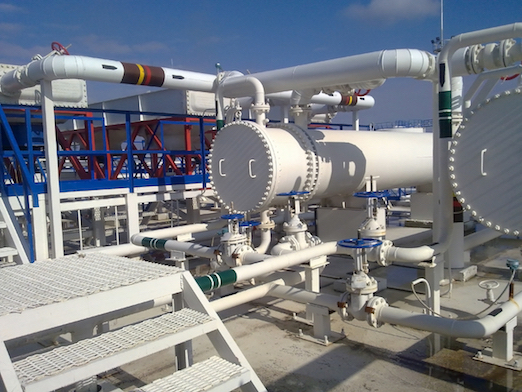
Fluid Cokers
Conducted cold flow testing to improve the hydrodynamics of fluid coker operation Performed cold flow modeling of the Cold Coke Transfer Line (CCTL) and Scouring Coke Transfer Line (SCTL) to improve the understanding the operation of the standpipes in these lines Investigated improved standpipe inlet configuration (call a sore thumb) for the CCTL Designed a largely horizontal cold coke transfer line to eliminate saltation and its associated vibration in the line Investigated solids maldistribution in parallel cyclones to help understand uneven coking of coker parallel cyclones Investigated the loading and variability of solids loading to the cyclones Demonstrated the mechanism of cyclone fouling and improved the designs J. McMillan, F. Shaffer, B. Gopalan, J.W. Chew, C. Hrenya, R. Hays, et al., Particle Cluster Dynamics During Fluidization, Chemical Engineering Science. 100 (2013) 39–51. C.B. Solnordal, K.J. Reid, L.P. Hackman, R. Cocco, J. Findlay, Modeling Coke Distribution above the Freeboard of a FLUID COKING Reactor, Ind. Eng. Chem. Res. 51 (2012) 15337–15350.
Read More -
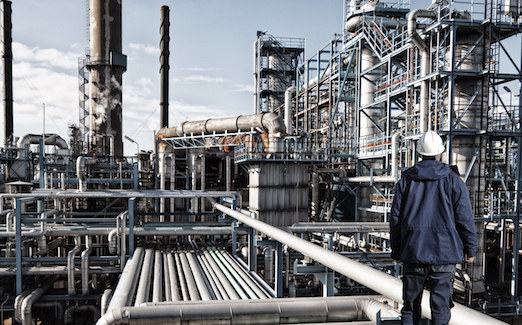
Fluidized Catalytic Cracking (FCC)
Conducted innovative research on a vortex stabilizer in a secondary cyclone to explain why it is more effective than other configurations (dust hopper, long cone, long barrel) in mitigating secondary cyclone cone erosion Developed a design procedure for vortex stabilizers Conducted tests on trickle valves and counter-weighted flapper valves to explain why secondary cyclone efficiencies can be so low Found that immersing trickle valves and counter-weighted flapper valves shallowly into the tip of the fluidized bed can prevent excessive gas flow up the secondary cyclone dipleg and prevent catalyst losses Developed an effective third-stage separator (TSS) for a member company that led to the successful implementation of the TSS into several commercial plants Conducted extensive testing on bypassing to determine why it occurs, what parameters influence it and how it can be mitigated Demonstrated how the gas bypassing in the fluidized bed could result in poor performance of primary cyclone dipleg leading to flooding PSRI has been a leader in studying and optimizing standpipe operation/standpipe entrance configurations and aeration amount and location PSRI has developed correlations to determine the optimum amount of aeration to add to a standpipe Developed a bypass line (called a burp tube) for hybrid-angled standpipes to allow gas collecting at an elbow to be bypassed from the elbow into the freeboard of the fluidized bed above it PSRI has been one of the first to characterize the radial gas and solids distribution in risers Improved the design of the transition between a mixing pot and the riser above it Studied different riser exit configurations with respect to erosion, pressure drop and how much attrition is produced at each configuration Developed design procedures for gas distributors Studied and evaluated several close-coupled cyclone designs
Read More -
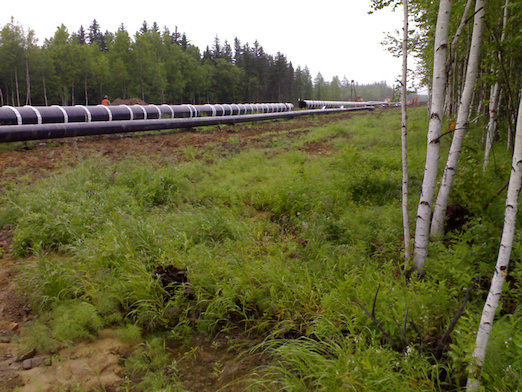
Methanol to Olefins (MTO)
Optimize catalyst hydrodynamics for MTO process Conducted cold flow testing to develop technology specifications to design both dense fluidized bed and riser reactors Developed technology to minimize gas bypassing in the dense fluidized bed reactors Performed testing to develop an attrition resistant catalyst Assisted in operating both pilot and commercial reactors in a reliable fashion
Read More -

Modeling
Applied PSRI’s entrainment model to numerous client designs and issues including accounting for particle clustering Applied PSRI’s cyclone efficiency and pressure drop models to numerous client designs and issues Developed algorithm for decoupling cyclone loading and particle velocities in industrial cyclones from ultrasonic signals Developed algorithm for determining bubble size, rise velocity and frequency in a fluidized bed Developed dispersion models from gas and solid tracer results in a fluidized bed Developed a reduced order model for gas and solids hydrodynamics with kinetics in a fluidized bed Developed a reduced order model for gas and solids hydrodynamics with kinetics in a riser Developed a reduced order reactor model sulfur capture in a series of fluidized beds Developed a population balance model for particle attrition in a fluidized bed reactor accounting for entrainment, cyclone efficiency and intermittent solids additions Help developed a DEM model for particle attrition testing Application and development of population balance model tools for tracking changes in distributed properties (e.g. particle size distribution, particle composition distribution, age distribution) Developed a CFD model for the distribution of spent catalyst into an FCC fluidized bed regenerator Developed a CFD model for acrylonitrile production in a fluidized bed Developed a CFD model for the solids distribution from a FCC riser to primary and secondary cyclones in the FCC reactor section
Read More -

Polycrystalline Silicon
Developed technology specifications to design gas distributors, expanded bulb, etc for the reactor Conducted cold flow testing t high pressures to identify the parameters that affect the fluidization characteristics and entrainment issues Determined optimum particle size distribution for the FBR Designed cyclone-dipleg system for this application. Demonstrated a technology to continuously purge out solids from the dipleg to prevent building up of impurities in the reactor Assisted in developing a reliable angled eductors to feed the collected fines back to the reactor Selection of particle feed size distribution to achieve optimal reactant conversion, particle gas contacting, stable hydrodynamics, limited unreacted solids losses Management of solids entrainment in high pressure, high temperature, corrosive environments with dynamically evolving particle size distribution Conceptual understanding of the link between feed impurities, particle cohesion, and the resulting reactor hydrodynamics and operability Assisted in operating both pilot and commercial reactors in a reliable fashion
Read More -
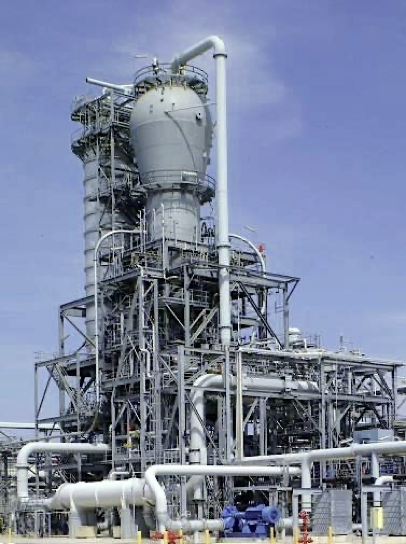
Polyolefin Process
Developed technology specifications to design gas distributors, catalyst injection system, expanded bulb, etc Conducted cold flow testing at high pressures to identify the parameters that affect the electrostatics in the fluidized bed reactor leading to sheeting, developed instrumentation to measure the levels of static electricity Designed cyclone system for gas-phase and condense-phase polyolefin reactors Assisted in developing a reliable angled eductors to feed the collected fines back to the reactor Designed dense-phase conveying system for product transfer and at the same time depressurize the polyethylene Design and assess proper design polymer purge bins to insure limited volatile organic compound content and proper polymer residence time distribution during various modes of operation Bin, hopper, feeder, and valve design and selection for storage and transportation of polymeric materials Identified the source for producing angel hair during the conveying of resin Developed catalyst process that provides optimum particle size distribution Developed catalyst injection system that minimize catalyst attrition R. Hays, S. Karri, R. Cocco, T. Knowton, Small Particles Cluster Formation in Fluidized Beds and its Effect on Entrainment, Circulating Fluidized Bed 9. 9 (2008) 1–5. M. Guedon, T. Baron, C. Briens, T. Knowlton, Intermittent Injection of Prepolymer in a Pressurized Fluidized-Bed, 78 (1994) 25–32. D. Benoni, C. Briens, T. Baron, E. Duchesne, T. Knowlton, A procedure to determine particle agglomeration in a fluidized bed and its effect on entrainment, 78 (1994) 33–42. C. Briens, M. Guedon, T. Baron, T. Knowlton, Intermittent Discharge of Powder from a Pressurized Fluidized-Bed of Polyethylene Powder, 78 (1994) 43–50. F. Shaffer, B. Gopalan, R.W. Breault, R. Cocco, S.B.R. Karri, R. Hays, et al., High speed imaging of particle flow fields in CFB risers, (2013) 1–14.
Read More -

Solids Conveying
Designed dense-phase conveying system for product transfer and at the same time depressurize the polyethylene Assisted in the redesign of bends to minimize erosion issues Assisted in developing a reliable angled eductors to feed the collected fines back to the reactor
Read More -
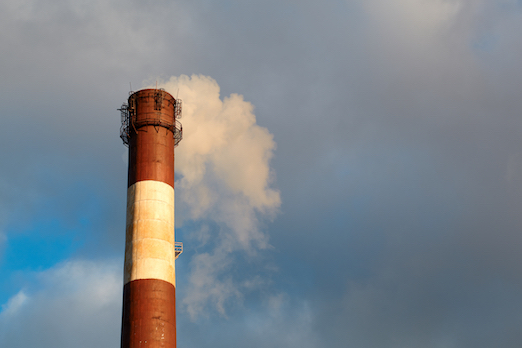
Sulfur Capture
Assisted with the development of circulating fluidized absorber to capture sulfur from syngas or other sulfur-containing gases Assisted with the design of cold models as well as pilot, demonstration and commercial desulfurization plants Improved the capability to circulate absorber catalyst around the desulfurization units
Read More
- 1

